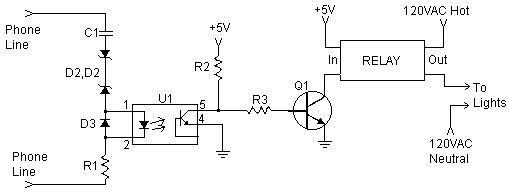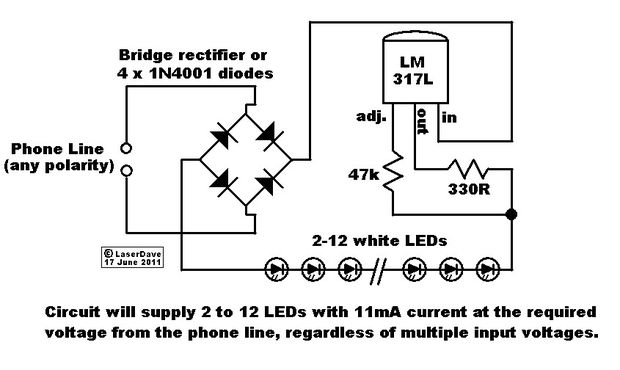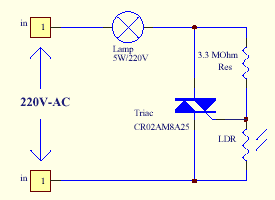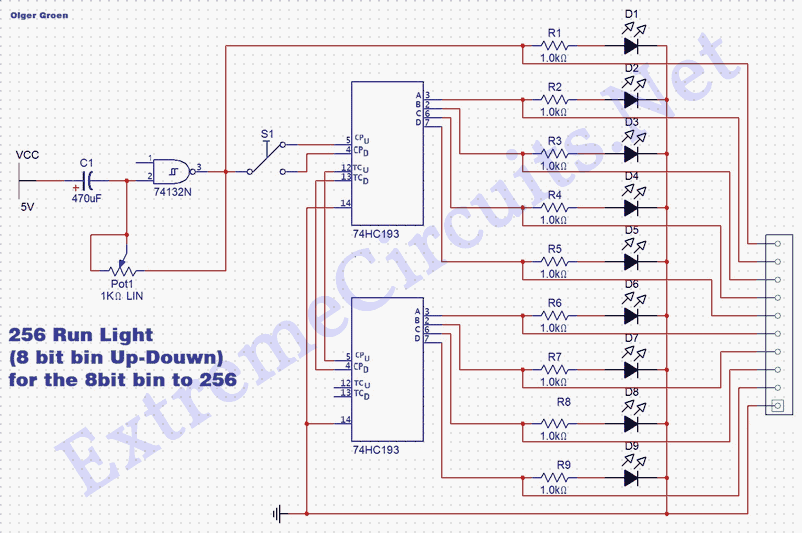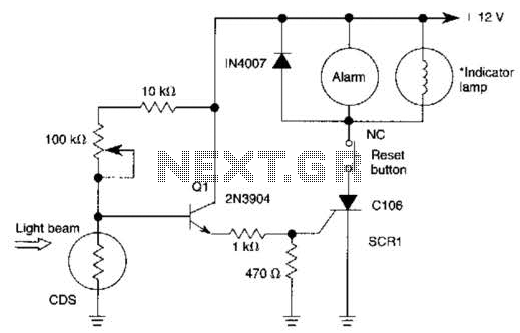
White Light
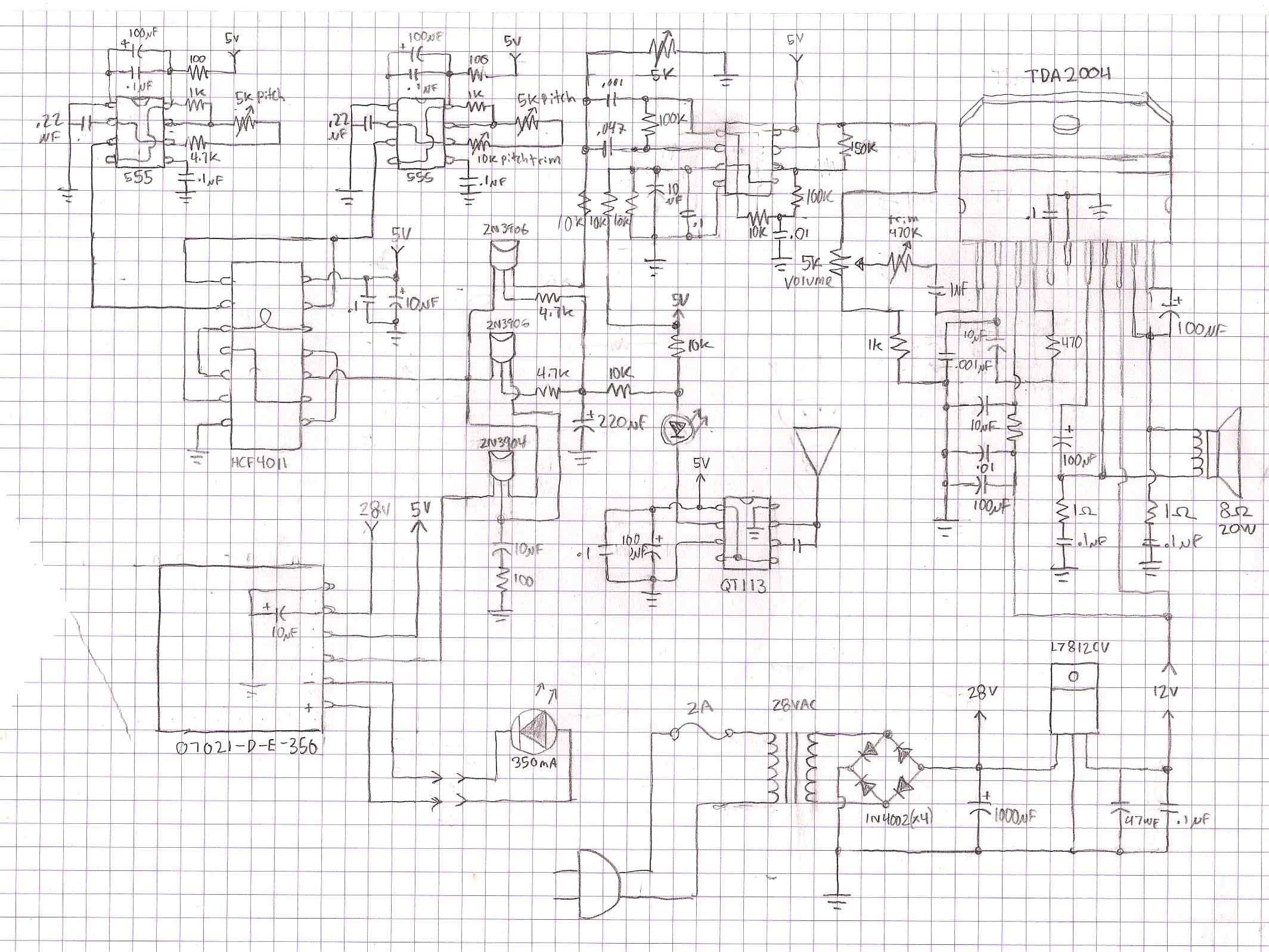
White Light is an interactive sound and light installation that combines elements of sculpture, musical instrument, and social engagement. It invites viewers to participate in a complex display of sound and light by manipulating controls on one of three podiums arranged around a glowing orb. As a viewer approaches a podium, it emits an audio drone and the central orb illuminates. The viewer can adjust various controls on the podium, which modify the audio signal and light display characteristics. The brightness of the light corresponds to the phase alignment of two oscillators. When the oscillators are slightly detuned, it creates a cyclically modulating phase alignment, resulting in a modulating volume for the sound and brightness for the lights. The drone's rate is related to the oscillators' detuning; closer frequencies produce slower drones or pulses, akin to the technique guitarists use when tuning strings. The same drone signal generates both sound and light. Each podium produces a distinct color in the orb: red, green, and blue. The term "White Light" refers to the light produced when all three podiums are activated simultaneously, mixing red, green, and blue light to create white, which occurs only when all three colors are equally intense. The light modulation control causes each color to continuously pulse, resulting in a dynamic and ever-changing total color of the orb as the three colors blend at varying intensities. This creates a mesmerizing effect, reminiscent of a flickering flame. The installation also encourages group interaction, allowing multiple viewers to manipulate controls and create a wide array of audio and color mixing effects. The concept of white light is central to this piece, symbolizing the harmonious union of the three elements and encouraging collaborative creativity. The oscillators are square waves generated by 555 timer integrated circuits (ICs). A challenge in this circuit is preventing oscillator lock, which occurs when oscillators are tuned to nearly the same frequency, disrupting the drone effect. This issue is mitigated by utilizing low-power ICs (part #7555), robust power decoupling, and current limiting on the power supply. The amplifier straightforwardly combines the outputs of the 555s, enhancing the sound volume. A filter is incorporated to enhance playability and provide the viewer with greater sound control, without affecting the light. The filter consists of two stages: a tunable resonant band-pass filter followed by a non-tunable low-pass filter to boost low-end frequencies, implemented using a TL082 dual op-amp IC. The optimal method to modulate LED brightness is through a high-frequency pulse-width modulation (PWM) power supply, which rapidly turns the power to the LED on and off, at a speed imperceptible to the human eye. The term "pulse width" in PWM refers to the ratio of time the pulse is on versus off, influencing LED brightness. For instance, a 50% duty cycle results in half brightness, while 80% duty cycle yields significantly higher brightness. The interaction of two overlapping square waves creates an additional means of brightness modulation. Current limiting via a transistor network is effective in this setup, ensuring optimal performance of the installation.White Light is an interactive sound and light installation. It is part sculpture, part musical instrument and part social exercise. White Light invites viewers to become part of a complex sound and light display by manipulating the controls on one of 3 control podiums spaced evenly around a glowing orb. As a viewer approaches a podium it begins em itting an audio drone and the ball in the center illuminates. The viewer may manipulate a series of controls on the podium which alter the characteristics of the audio signal and light display. The brightness of the light is relative to the phase alignment of the two oscillators. When two oscillators are slightly detuned it creates a cyclically modulating phase alignment. This manifests as a modulating volume or in the case of the lights, a modulating brightness. The rate of the drone is relative to the detuning of the oscillators. The closer they are together, the slower the drone or pulse. Guitarists use this trick when tuning their strings. The same drone signal is used to generate the sound as well as the light. Each of the three podiums generates a different color in the sphere. Red, green and blue. The name White Light refers to the light generated by activating all three podiums at once, thus mixing red, green and blue light making white.
White light only occurs when all three colors are at equal intensity. Due to the nature of the light modulation control, each color is constantly pulsing in and out. This means that the total color of the sphere modulates as each of the three colors combine at constantly changing intensities. The result is unpredictable and ever changing without ever being random. It`s similar to watching a flickering flame, simple but hypnotic. The second level of interaction is as a group. multiple viewers can manipulate the controls to create a wide range of audio and color mixing effects.
White light is placed as a central concept for this piece as it symbolizes the perfect union of the three elements. This serves as a suggestion to the participants. An encouragement to work together and make something unified and harmonious. The oscillators are square waves generated using 555 timer ICs. The trick with this circuit is avoiding oscillator lock. This has been a big problem with various drone circuits I`ve been working on. When the oscillators are tuned at nearly the same frequency they want to lock up. This destroys the drone effect. I have minimized this by using low power ICs (part #7555), hefty power decoupling, and current limiting on the power supply.
The amp is pretty straight forward. It takes the combined output of the 555s and makes it nice and loud. The filter was added simply to make the podium more playable and give the viewer more control over the sound. It doesn`t have any effect on the light. The filter has two stages. First is a tunable resonant band pass filter. Next is a non-tunable low pass filter for increasing some of the low end. I fit both of these on a TL082 dual op-amp IC. The best way to modulate the brightness of an LED is by using a high frequency pulse width modulated power supply.
This means that the power going to the LED goes on and off very quickly, too fast to be perceived. The pulse width in PWM refers to the length of time the pulse is on vs time it is off. As this ratio changes it results in an increase or decrease in LED brightness. At a 50% duty cycle square wave, the LED will be a half brightness. At 80%, meaning it is on 80% of a cycle, 0ff 20% means the LED will be much brighter (80% brightness). The cool thing about a drone (in relation to PWM) is that two overlapping square waves create a sinrs a whole other means of brightness modulation.
I found that current limiting via a transistor network worked well. I`ll explain how this works in the next section. Tut all told it works well. 🔗 External reference
White light only occurs when all three colors are at equal intensity. Due to the nature of the light modulation control, each color is constantly pulsing in and out. This means that the total color of the sphere modulates as each of the three colors combine at constantly changing intensities. The result is unpredictable and ever changing without ever being random. It`s similar to watching a flickering flame, simple but hypnotic. The second level of interaction is as a group. multiple viewers can manipulate the controls to create a wide range of audio and color mixing effects.
White light is placed as a central concept for this piece as it symbolizes the perfect union of the three elements. This serves as a suggestion to the participants. An encouragement to work together and make something unified and harmonious. The oscillators are square waves generated using 555 timer ICs. The trick with this circuit is avoiding oscillator lock. This has been a big problem with various drone circuits I`ve been working on. When the oscillators are tuned at nearly the same frequency they want to lock up. This destroys the drone effect. I have minimized this by using low power ICs (part #7555), hefty power decoupling, and current limiting on the power supply.
The amp is pretty straight forward. It takes the combined output of the 555s and makes it nice and loud. The filter was added simply to make the podium more playable and give the viewer more control over the sound. It doesn`t have any effect on the light. The filter has two stages. First is a tunable resonant band pass filter. Next is a non-tunable low pass filter for increasing some of the low end. I fit both of these on a TL082 dual op-amp IC. The best way to modulate the brightness of an LED is by using a high frequency pulse width modulated power supply.
This means that the power going to the LED goes on and off very quickly, too fast to be perceived. The pulse width in PWM refers to the length of time the pulse is on vs time it is off. As this ratio changes it results in an increase or decrease in LED brightness. At a 50% duty cycle square wave, the LED will be a half brightness. At 80%, meaning it is on 80% of a cycle, 0ff 20% means the LED will be much brighter (80% brightness). The cool thing about a drone (in relation to PWM) is that two overlapping square waves create a sinrs a whole other means of brightness modulation.
I found that current limiting via a transistor network worked well. I`ll explain how this works in the next section. Tut all told it works well. 🔗 External reference
Warning: include(partials/cookie-banner.php): Failed to open stream: Permission denied in /var/www/html/nextgr/view-circuit.php on line 713
Warning: include(): Failed opening 'partials/cookie-banner.php' for inclusion (include_path='.:/usr/share/php') in /var/www/html/nextgr/view-circuit.php on line 713
